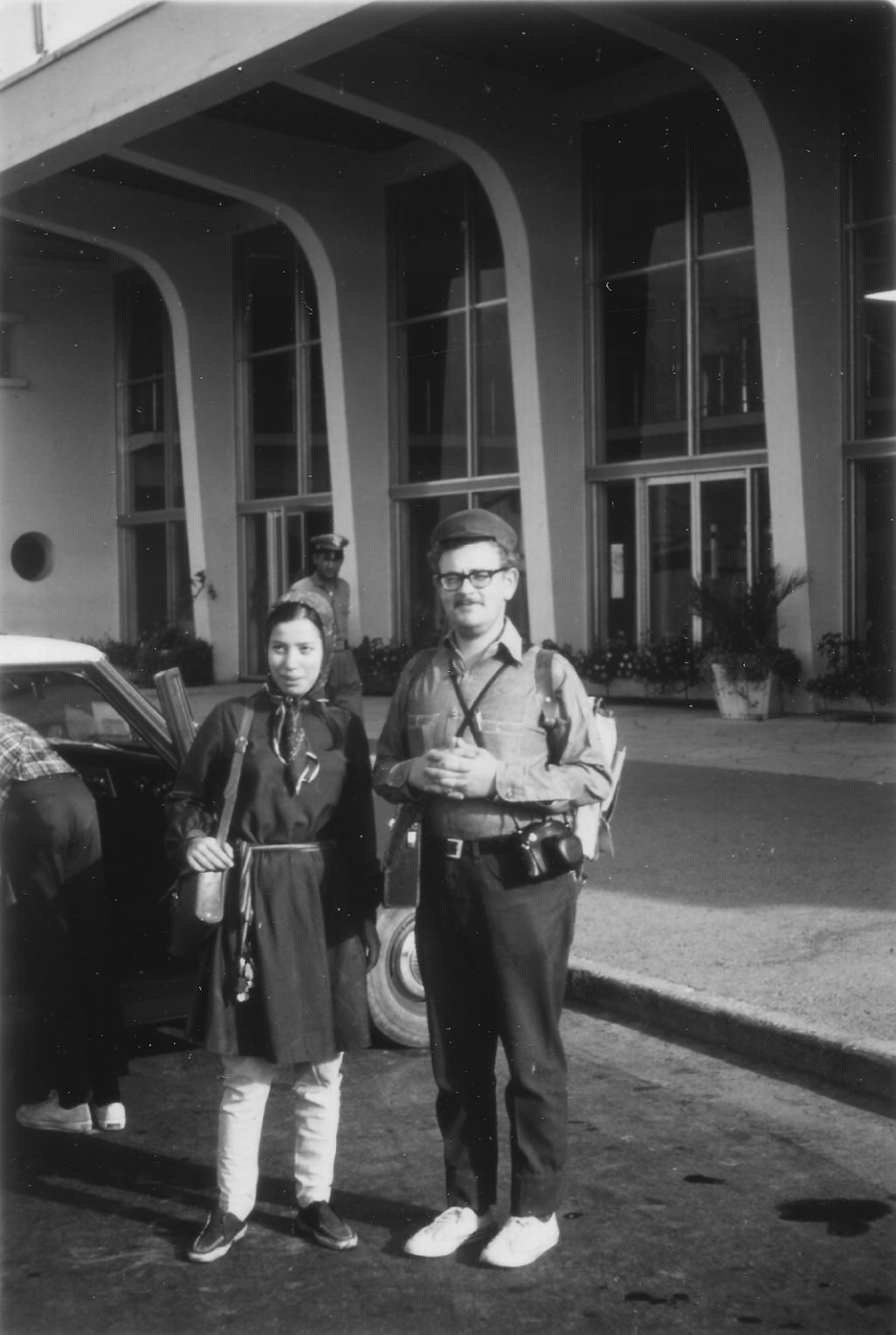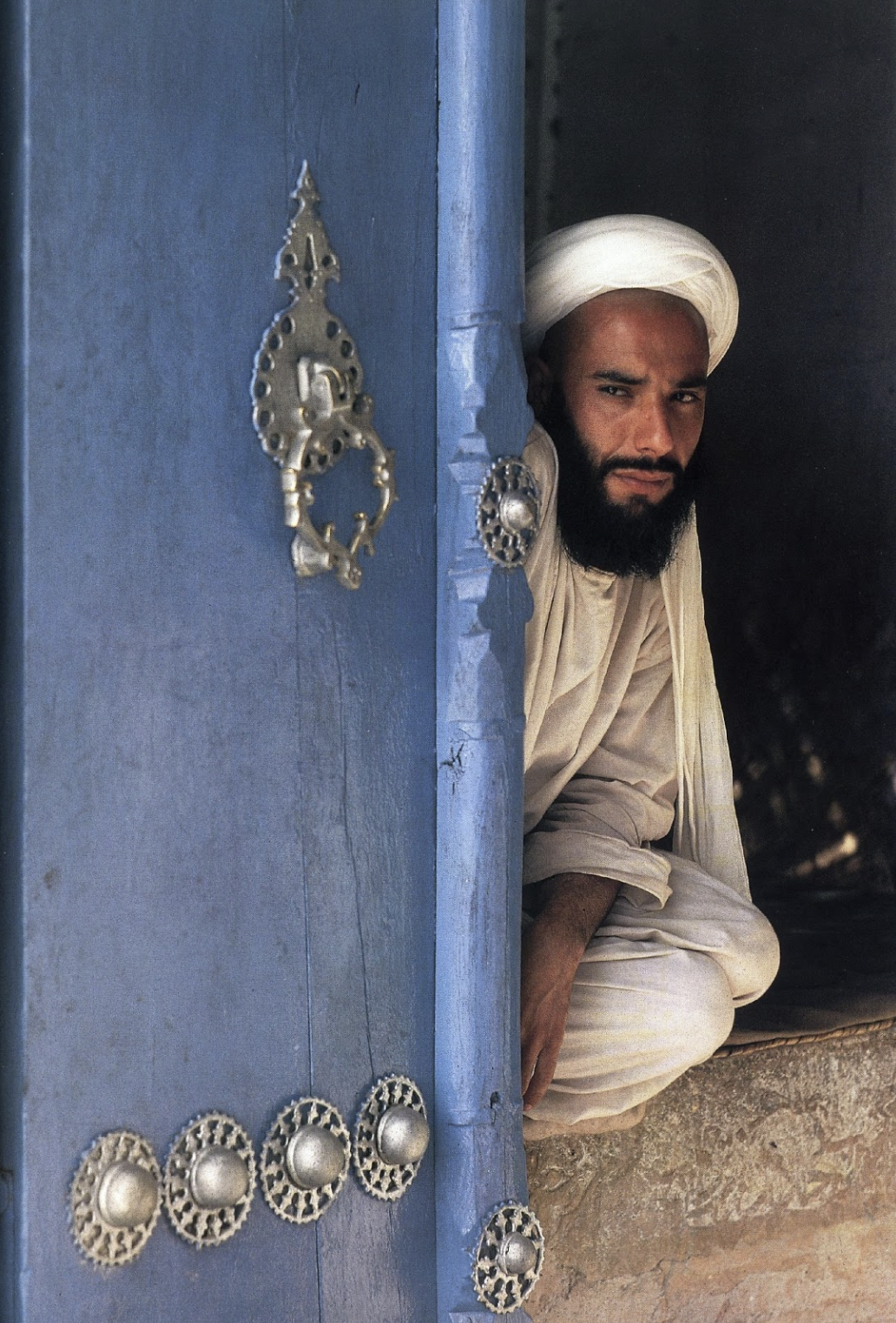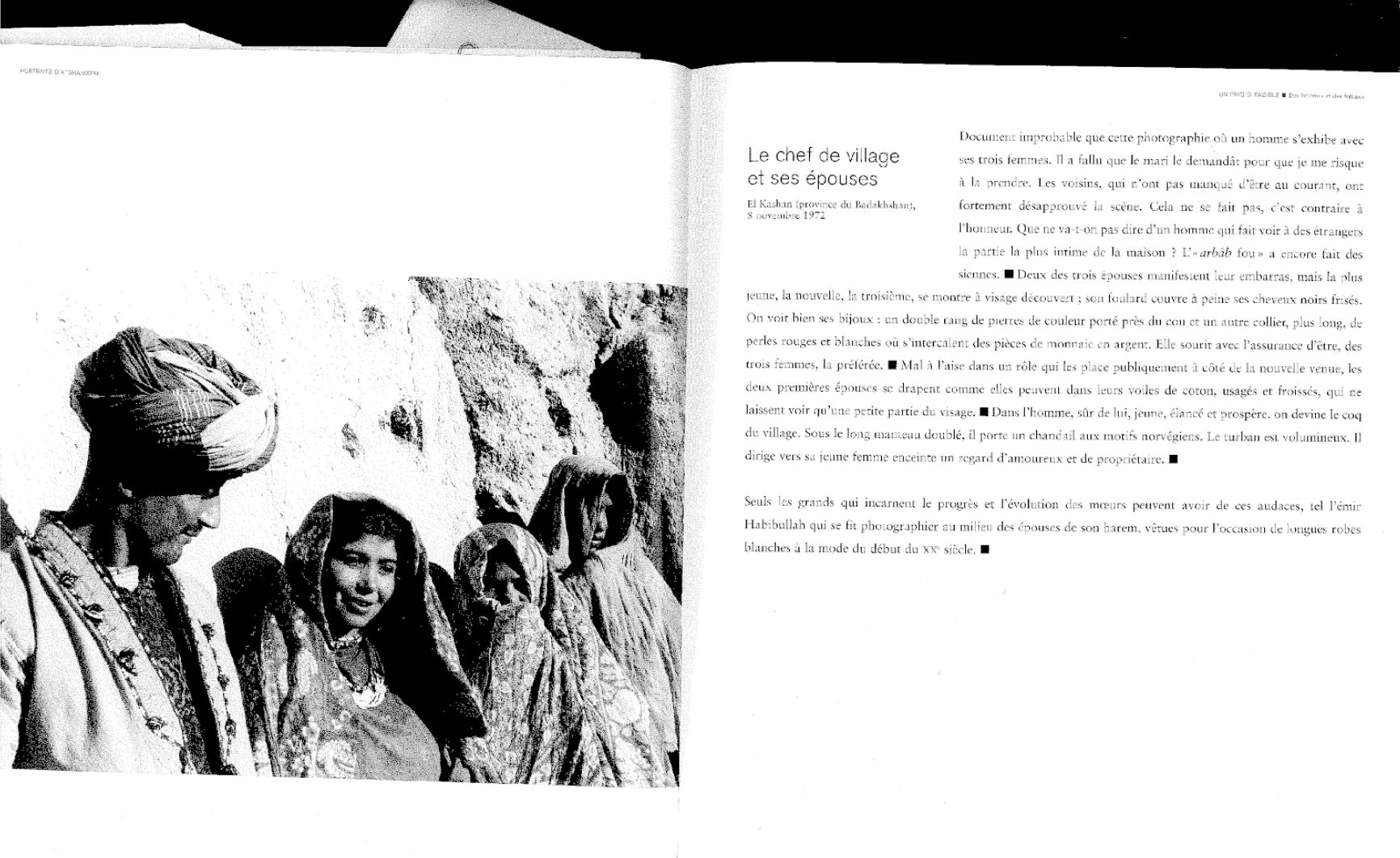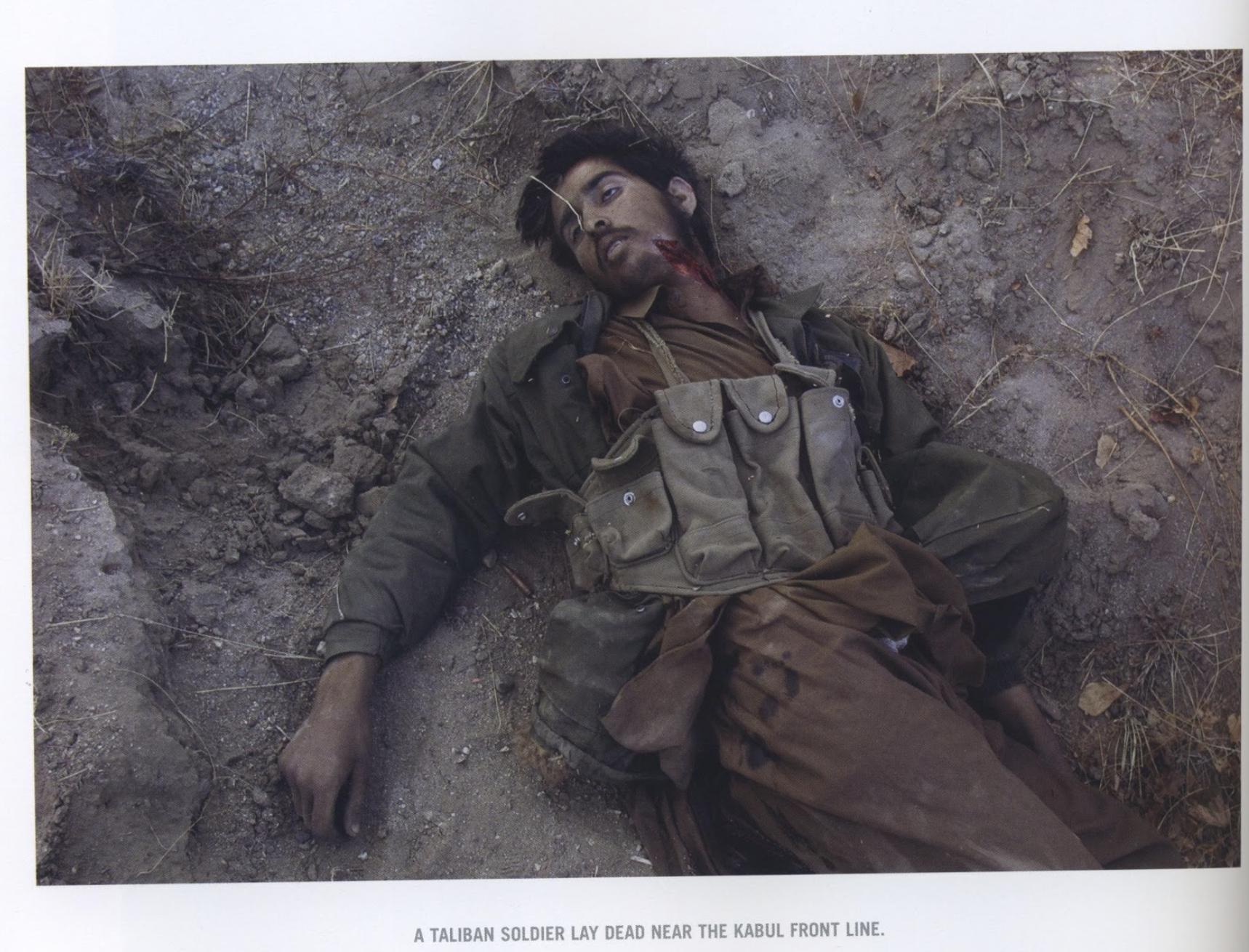Afghanistan
Orientation

I created the website afghanistan.wesleyan.edu in 2003 when Wesleyan supported a talented web designer, Anne Loyer. Things were primitive then- for example, scanning hundreds of slides was painstaking and low-resolution. Viewing the inset videos was questionable. But the site served its purpose of documenting my fieldwork time in Afghanistan, 1967-72, and had a good response from ethnomusicologists and even some Afghans who found it online and got in touch.
By 2020, Wesleyan dismantled the hackable platform that housed the website. I’ve transferred it to this site and have added multiple resources: digitized versions of the slide collection and the original silent super8 film footage, along with explanatory materials, all generated in 2015 as I was retiring from Wesleyan.
As Afghanistan descends into an ever darker phase of its over 40 years of national suffering, I hope that viewing and understanding what the country was before its time of troubles can offer a bridge to a better past that, hopefully, will someday become a brighter future. I remain deeply grateful to everyone who made it possible for me to experience and be a witness to Afghanistan in peaceful times, and dedicate this new website to Greta (1943-2111), my resilient and lovely companion then and my 45-year life partner.
Music of Afghanistan Interview - February 2022
The Fieldwork Experience
We maintained a house in Kabul, in Shar-I Now, the neighborhood favored by foreigners. On my fellowship stipend, we could support a servant and keep a dog. Travel to my intended field area, the North, was limited by the weather, as it was inaccessible in the winter months, so we improvised some other side trips. The basic itinerary was journeys to the North in the fall of 1967, a winter tour to the South, from Kandahar to Girishk and Lashkar Gah, a short jaunt to the area around Laghman to the east, where we had a contact, and a plane flight to Herat, the major western city.
Most of spring, summer, and fall 1968 were devoted to trips to the North to revisit sites and add new data.
I had received no training in fieldnotes in graduate school, as my advisor worked in urban Tokyo and was not an anthropologist, and I had no time in my crowded schedule to take anthro courses, since I was the very first grad student in ethnomusicology at Michigan and they insisted I fulfill all the western musicology requirements, through comprehensive exams, and just learn Persian and Middle Eastern studies on the side. As a result, I really have almost no fieldnotes, unfortunately, even though I should have known better, having met some ace anthropologists in Afghanistan.
As mentioned elsewhere, we could not stay in villages, so ended up largely studying the urban experience, then new even in anthropology of the non-western world. Still, we did get invited to homes, sometimes out of town, and Greta was very helpful. Taken as a kind of neuter human, she could sit with the men and go into the women’s quarters, where I was not allowed. We braved the usual assortment of ailments and setbacks, but met up with no real dangers.
In my early attempts at analyzing the situation, I was taken by a couple of discourses: the newly-emerging idea of ethnic boundaries, soon to emerge in Frederik Barth’s seminal 1969 book Ethnic Groups and Boundaries, and a number of approaches from linguistics, from the historical-structural methodology that brought me to the idea of musical Sprachbund through the newer ideas of sociolinguistics. Despite this interdisciplinary orientation, I chose to quickly write a dissertation in 1969 upon my return in March that focused almost completely on musical and organological analysis: Instrumental Music in Northern Afghanistan, managing completion on time for graduation in December. It was only as a post-doc, when I turned my attention to how to convert the dissertation to a book, that I widened my framework. I heard that Colin Turnbull, the celebrated anthropologist and editor of the series Viking Fund Publications in Anthropology, was looking for a manuscript on music before his term ran out. I wrote him, and he was very cordial, encouraging me to develop the writing in a more ethnographic vein for the VFPA. I realized I’d have to do more fieldwork to try out broader ideas.
In 1971 and again in 1972, I spent a few weeks on return trips, hoping to both consolidate and extend my database and understanding of the local music cultures.
On the last trip, I had an epiphany about the nature of fieldwork. It was a bad time for Afghanistan, because disastrous floods after heavy snows had wiped out livestock. But the country never looked greener or more beautiful, and people were eager to be helpful. Things went my way, and one day, I realized that although I had now achieved a further state of clarity about the society and its music, if I kept coming back year after year, what I now knew would look pretty basic. I saw with a vivid clarity which matched the landscape that ideally, fieldwork never ends, and that interpretation and any act of writing is just a base camp on an endless scaling of the mountain of intercultural understanding, a rise that has no peak.
I never returned to Afghanistan, for a whole range of reasons, so the material presented in this project is something of a fly in amber, a structure engulfed by the flow of history, but still showing the morphology and evidence of a kind of life that existed at a particular moment in time.
On Photography
Afghanistan is incredibly photogenic. The mountain and desert light combine with the rugged and often desolate landscapes to set off the human figures, with their mud-brick settlements and sometimes colorful clothing. On the back roads, you might meet with a nomad cavern. In town, people gather conveniently in the bazaar, with its multicolored fruits and vegetables, animal traffic, and dusty streets. Any distance shot of the seasonally strikingly green fields against mountains, punctuated by the fort-like qala compounds or architectural sites automatically draws the western eye. Close-ups of a variety of types offer stylized glimpses of personality and private lives. In my day, 35mm and super8 film, particularly Kodak’s Ektachrome and Kodachrome, created an instant romanticism that was at odds with the scientific nature of my project.
This problem played itself out in contemporary photography of the country by westerners. A glance at contrasting approaches is helpful, in the work of the French couple Roland and Sabrina Michaud on the one hand and the Swiss anthropologist team Pierre Centlivres and Micheline Centlivres-Demont.
Take, for example, this photograph by the Michauds, who produced several books on Afghanistan among other countries and whom I met in Kabul in 1968. They found the most beautiful door in the bazaar. This shopkeeper is nameless. He is beautifully composed visually in a captivatingly artful way, on a diagonal that leaves him both exposed and concealed. His reserve, or even distrust, of the photographer is evident. He is exotic and romantic.

By contrast, here is a page from the Centlivres’ fine book Portraits d’Afghanistan, a photo of a local head man with his wives.

Deliberately in black and white, the image implicitly speaks to human engagement. The facing text ethnographically explains who the people are and how what we are seeing speaks to their relationships. Even without these insider insights, at the minimum, it is clear the Centlivres know these folks well, and have their trust, or we would not see these women unveiled.
In Portraits, which has the only writing about photography in Afghanistan that I know of, among other things the Centlivres say that Afghans enjoyed having their pictures taken, particularly if you could give them copies, which I found to be the case. I even had a Polaroid camera along to hand out images, though I quickly ran out of film, it being unavailable locally.
After the invasions and wars that followed our time in Afghanistan, photography played a vital role in showing the conflict to the world and images of the country became iconic through the media. The mojahadeen resistance to the Soviet invasion offered heroic figures, posed with Kalashnikovs against the pitiless landscape. As the civil war ground on and the Taliban took over, heroism moved to pathos, with photos like this documentary, yet western painterly, shot of a dead soldier that appeared in newspapers and, eventually, online. I will not get into the ethics of exposing such images to the public, well covered in a number of fine studies, notably in Susan Sontag’s classic Regarding the Pain of Others.

But by far the most important photo of Afghanistan was the image that eventually became known simply as “The Afghan Girl,” taken by Steve McCurry for National Geographic. You can find long Wikipedia articles about it. Taken in 1984, this riveting picture of a nameless young woman, eventually identified as Sharbat Gul, began to stand for the entire country and more, the whole “Third World.” It became perhaps the most widely-spread single image in the world. You could find it on bus shelters in Paris, advertising something. This notoriety led McCurry and National Geographic to undertake a 2002 quest to find the subject, whom they eventually located in a refugee camp in Pakistan, aged beyond belief, pushed to the limit by the westerners whose demand for documentation was distrusted by the woman and her husband. She last surfaced in 2016 when it was learned that she was going to be deported back to Afghanistan to an uncertain fate, starting yet another intervention in a life marked by exposing herself once to a foreigner’s lens.
I’ve given this background sketch to indicate what was at stake at simply raising a camera in Afghanistan. Although I had no perspective on the wider issues, as a naïve fieldworker in 1967, I was nevertheless intuitively aware of two things: the danger of the innate beauty of the natural and human landscape, and the need to be tactful in capturing images. The 500+ slides I took, all available here, bear witness to this complex interaction and, I hope, also to the deep humanity and hospitality of the people I encountered. They had no reason to be helpful and trustful, yet were, unfailingly, from helping to find musicians to picking up and moving our little VW beetle out of a ditch. I hope that displaying the full range of their environment and musical activity helps to humanize a place torn apart by violence and inhumanity.
The Film Footage
Ethnographic filmmaking in 1967 had no video option. 16mm film was optimal, but out of the reach of a graduate student. Super8 film was still silent, but the only affordable choice. At Amsterdam airport, I bought a Canon camera and some rolls of film: 50 feet, 3 minutes, color. I did not shoot and develop a trial roll before making my fieldwork footage. There was no place to buy or develop, or project the film in Afghanistan. This mean 1) I needed to make every shot count, and 2) I had to mail the film to France for developing and 3) I couldn’t correct for technical issues.
As a result, zoom shots go out of focus at some points; apparently, you had to focus as you zoomed, which seems impractical anyway, since both hands would have been busy, so I am still not sure how I would have corrected that issue. I economized each shot, “editing in the camera,” a technique now obsolete with the fluency of video.
So I might do two or three scenes in different places on one roll. My choice was to use the camera as an aide-memoire, for example, as a way of preserving techniques of playing instruments that I might not remember later. I also thought ahead of future classroom use, so did some survey scenes of places and settings.
Having no lighting supplement, I had to depend on natural light, not always available in the cramped internal spaces in which I was shooting. Due to the somewhat covert nature of music performance in Afghanistan, there were few public moments I could film, and I was staging performances by paying musicians in a shop or hotel room in provincial towns. Notes below for footage detail some of those constraints. Color has faded from the original film stock.